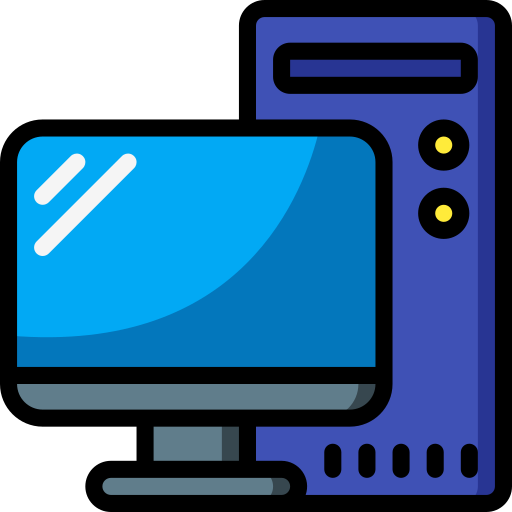I’m still running a 6th-generation Intel CPU (i5-6600k) on my media server, with 64GB of RAM and a Quadro P1000 for the rare 1080p transcoding needs. Windows 10 is still my OS from when it was a gaming PC and I want to switch to Linux. I’m a casual user on my personal machine, as well as with OpenWRT on my network hardware.
Here are the few features I need:
- MergerFS with a RAID option for drive redundancy. I use multiple 12TB drives right now and have my media types separated between each. I’d like to have one pool that I can be flexible with space between each share.
- Docker for *arr/media downloaders/RSS feed reader/various FOSS tools and gizmos.
- I’d like to start working with Home Assistant. Installing with WSL hasn’t worked for me, so switching to Linux seems like the best option for this.
Guides like Perfect Media Server say that Proxmox is better than a traditional distro like Debian/Ubuntu, but I’m concerned about performance on my 6600k. Will LXCs and/or a VM for Docker push my CPU to its limits? Or should I do standard Debian or even OpenMediaVault?
I’m comfortable learning Proxmox and its intricacies, especially if I can move my Windows 10 install into a VM as a failsafe while building a storage pool with new drives.


My needs are pretty similar to yours and I’ve recently moved back to using hypervisors after running everything from Debian to Arch to NixOS bare-metal over the last decade or so. It’s so easy to bring-up/tear-down environments, which is great for testing things and pretty much the whole point of a homelab. I’ve got a few VMs + one LXC running on Proxmox with some headroom on a 6th gen i7, you should be fine resource wise tbh. Worth mentioning that you’ll most likely need to passthrough your drives to the guest VM which is not supported via the webUI, but the config is documented on their wiki.
Overall, I’m happy with this setup and loving CoreOS as a base-OS for VMs and rootless podman containers for applications.
Not to mention: Snapshots.